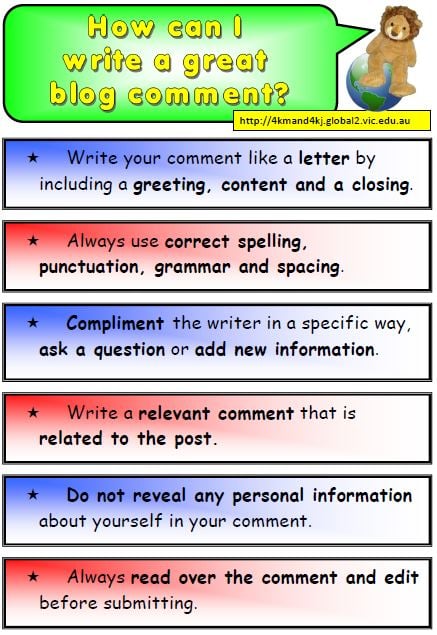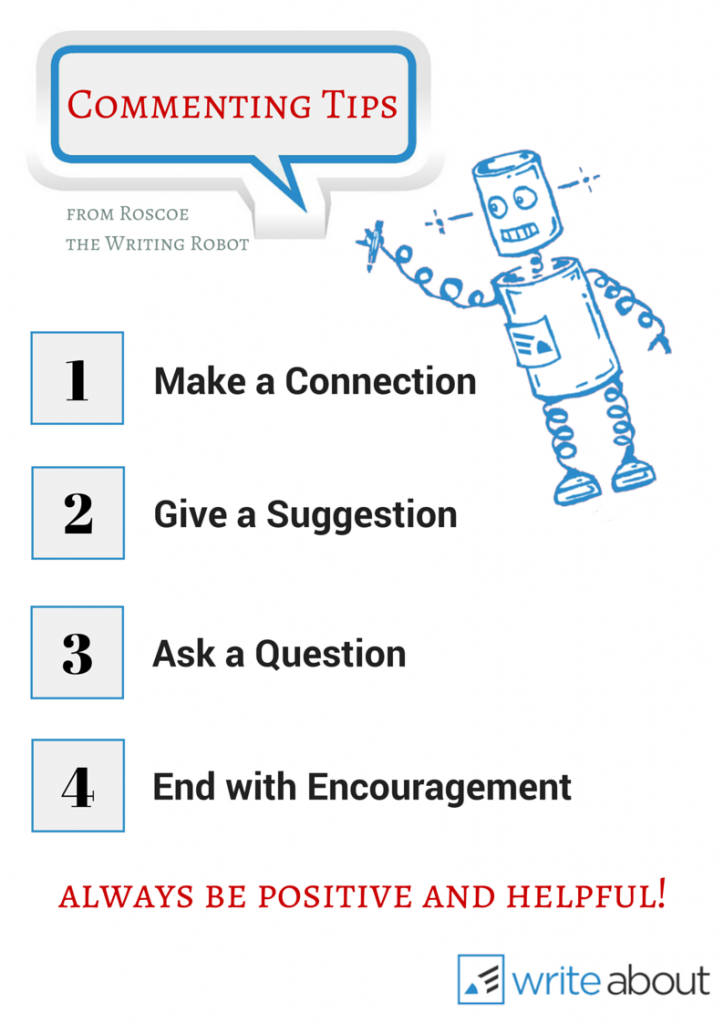From “Blah” to Blog: Online writing for students and teachers
Mục Lục
Go to: DitchThatTextbook.com/blog
PRESENTATION FILES
PowerPoint presentation file: Click here (PDF)
Handout file: Click here (PDF)
Blogging rubric for weeklong blog activity: Click here (Word doc) Click here (PDF)
========================================
BLOGGING PLATFORMS
KidBlog: The best (in my opinion). Create classes and student accounts. Quick access to all student blogs. Comment and blog moderation, so you have control over what goes public. $36 per teacher per year. Unlimited student accounts and classes.
Blogger: A great option for schools with Google Apps for Education (and with Blogger enabled!). Students create their Blogger (blogspot) blogs. Free, but without a good home base where you can get to all of your student blogs. (But you can make one easily with a document or a site!)
Weebly: I’ve used this tool for years for website creation, but they have a blogging option. Free, but without a home base (like Blogger).
Google Slides: A quick, easy way to get students writing and commenting. Create a slide presentation with a slide for each student. Students write on their slides and comment on other students’ slides to simulate a blog. Not a great long-term blogging solution, but brings the blogging exercise to class pretty easily.
Google Spaces: Spaces is like a simplified version of Classroom (without the grading piece) for anyone with a traditional Google account. Create posts with written text, images or links. Students can write in a text post and comment on each other’s posts. Like Slides, not a good long-term blogging solution but brings the experience to class for that day.
========================================
DITCH THAT TEXTBOOK ARTICLES
20 ideas for solid student blogging: The post that created two pages of your From “Blah” to Blog handout.
6 reasons why I’m starting a teacher blog — and why you should, too: They share information, make connections with family, give classes greater exposure, keep an online record of class happenings, allow us to reflect on work, and let us have fun!
12 ideas to prepare students for jobs that don’t exist yet: Creating content online makes the list at No. 4.
My plea for public student blogging: An authentic audience of millions. Education redefined. Safe, responsible interaction.
========================================
#INeLearn BLOGGERS
Google Plus community for Indiana teachers that blog. If you blog, join the group to contribute!
========================================
OTHER BLOGGING ARTICLES
Public vs. Private — Should Student Work Be Public on the Web?: This article lists the reasons why public student work is a good thing and gives some tips for making it work.
Getting more out of student blogging: A manifesto on student blogging by Sue Waters of Edublogs. She includes different blogging approaches, how to write quality comments (see below), scaffolding student blogging, digital footprint, etc.

Blogging in the 21st-Century Classroom: Michelle Lampinen talks about how her students’ writing improved by leaps and bounds by blogging and why it improved.
Blog rules! by MrToft.ca: One teacher’s rules for blogging, commenting, using pictures, etc. for his classes. (Includes a list of words that he INSISTS that they spell correctly.)
Commenting resources from WriteAbout:

6 positive effects of blogging in kindergarten: The author can tell blogging is good for her kindergarteners through relationships, feedback, digital citizenship, audience, communicating and self-esteem.
Picking the best platform for your classroom blog: Free Technology for Teachers delves into the options for classroom blogging, from the basic to the complex.
Ideas for managing academic blogs: Thoughts from Free Technology for Teachers’ Richard Byrne on how to make sense of the logistics of student blogging.
Use a blogging template to write posts faster: If you or your students agonize over every word in a blog post, follow Michael Hyatt’s six-part framework he uses to write posts quickly.
10 reasons why I want my students to blog: They’re authentic. They allow students to give voice to their passions. They invite feedback. They provide opportunities to engage in civil discourse.
Journals and Diaries: Jennifer Scott’s blog post on her thoughts about public vs. private writing and how some writing just needs to be private/personal.
10 reasons your students should be blogging: It’s a confidence builder. It’s co-curricular. It gives exposure to students’ talents at the school.
20 things to blog about by #katieagent3: Katie is a student, and she was stumped at what to write in her blog. She decided to share some ideas for blog posts. It’s really good!
========================================
FREE PGPs!!
PRISM hosts regular online Moodle tutorial classes. Register for the site and go to “Event Registration”. There is a “Basic Moodle for Teachers” course being held this summer. It begins July 9, 2013 and runs until August 6. Completion of the class results in 10 free PGPs (certificate mailed). There is also an “Intermediate Moodle for Teachers” course that’s also worth 10 free PGPs available during the summer (one starting in early June and one starting in early July). Register for the site and go to “Event Registration” for more info or e-mail Ryan Smith ([email protected]).
========================================
Contact Matt Miller, the presenter, at [email protected] or on Twitter at @jmattmiller.















![Toni Kroos là ai? [ sự thật về tiểu sử đầy đủ Toni Kroos ]](https://evbn.org/wp-content/uploads/New-Project-6635-1671934592.jpg)


